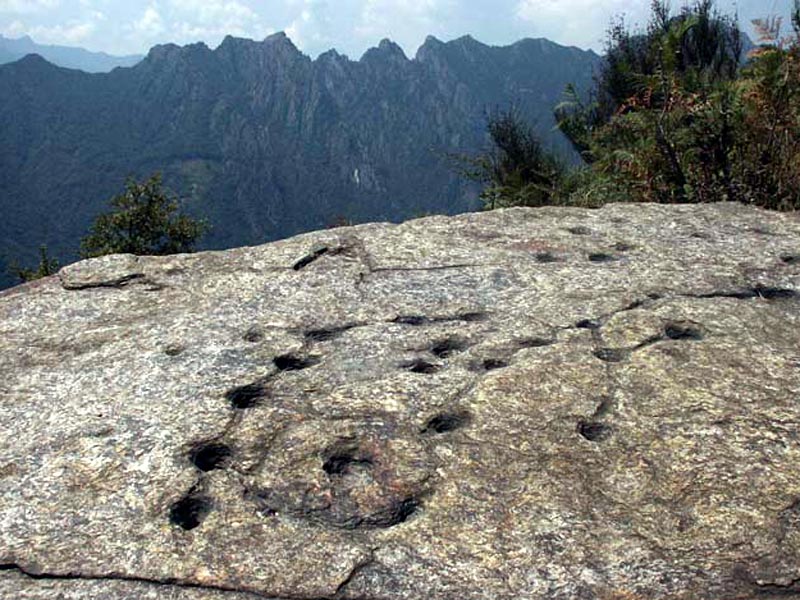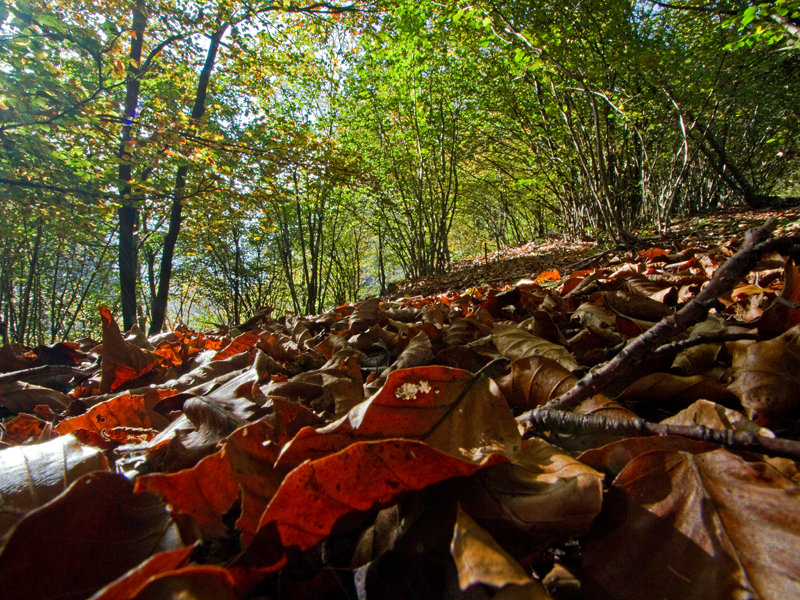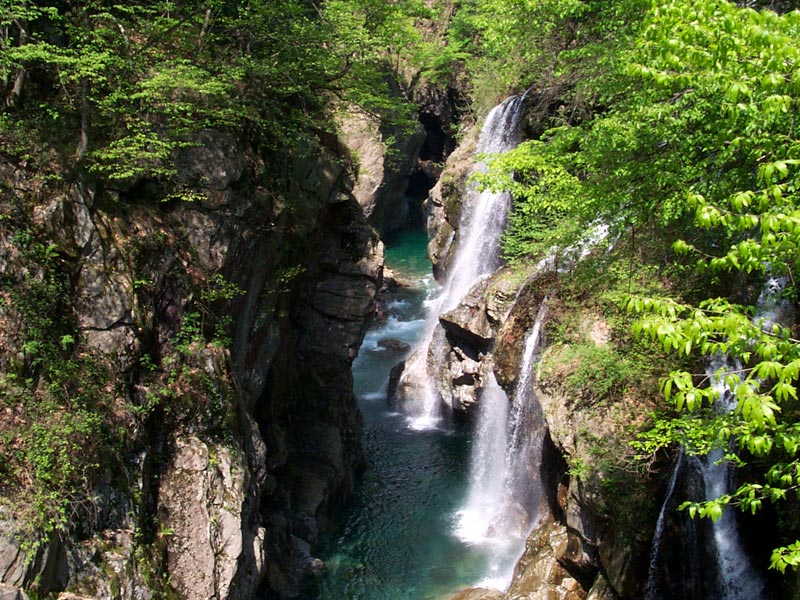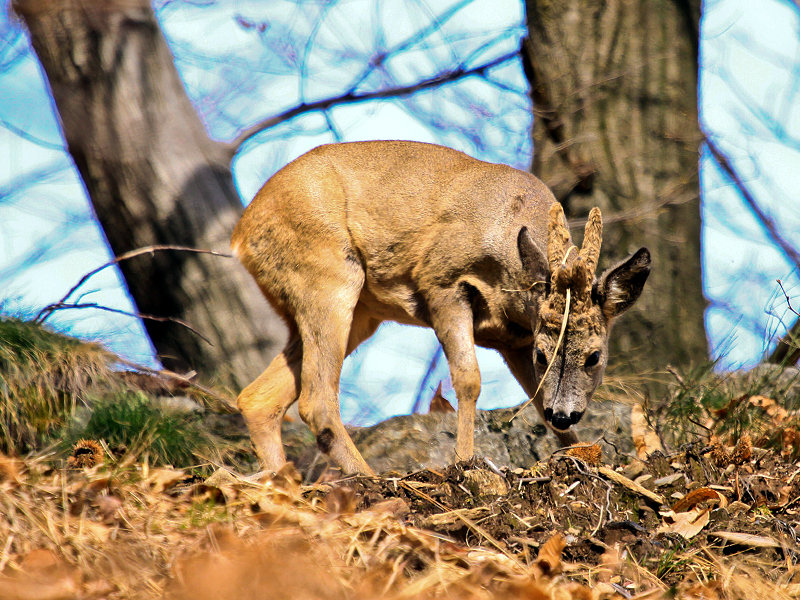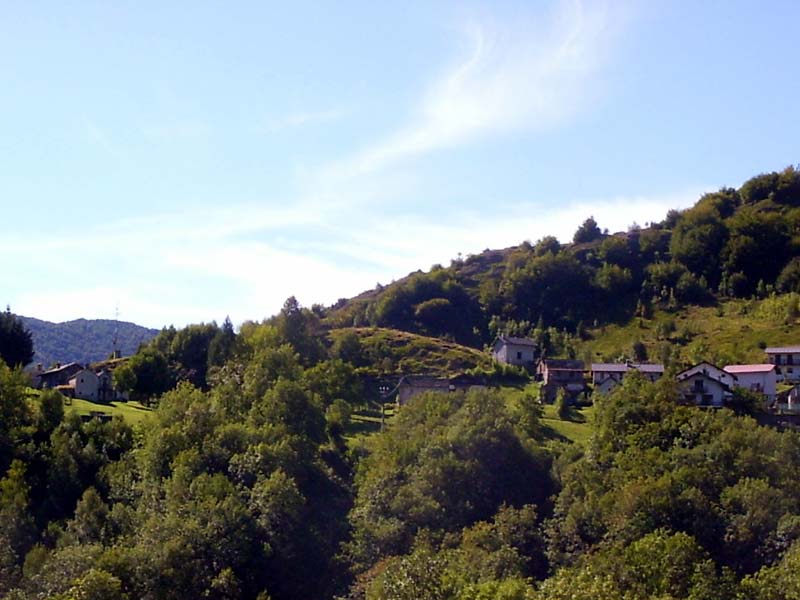Protected Area
Identity Card
- Val Grande National Park:
- Land Surface Area: 17'000.00 ha
- Protected flora: 9 species (Italian text)
- Protected wildlife: 90 species (Italian text)
- Habitats: 19 types (Italian text)
- Regions: Piemonte
- Provinces: Verbano-Cusio-Ossola
- Municipalities: Aurano, Beura-Cardezza, Caprezzo, Cossogno, Intragna, Malesco, Mergozzo, Miazzina, Ornavasso, Premosello-Chiovenda, San Bernardino Verbano, Santa Maria Maggiore, Trontano, Valle Cannobina, Verbania, Vogogna
- Establishment Measures: LN394 06/12/1991 - D.M. 02/03/1992, D.P.R. 23/11/1993, D.P.R. 24/06/1998
- PA Official List: EUAP0014
- Park Authority: Ente Parco Nazionale Val Grande
- Further managed Protected Areas:
- ZSC e ZPS Parco Nazionale Val Grande
Val Grande, National Park
Val Grande National Park, a few steps from Maggiore Lake, is the largest wilderness area in Italy. It lies at less than 100 km from Milan and at 150 km from Turin. A unique valley, out of this world, dominated by silence, where nature is the queen. En environmental sanctuary, to visit with absolute respect.
However, Val Grande also means history. The long tale of a mountain civilization told by the places and the people of the villages surrounding this area among Ossola, Verbano, Val Vigezzo, Valle Intrasca, and Cannobina. And even those who are satisfied with stopping on the threshold of such a wild area, in one of the surrounding villages, will have the opportunity to feel the "sensations of wilderness". For Val Grande is not just a Park, but a valley that can convey great emotions.
The harsh and rocky mountains surrounding Val Grande have always protected the environmental integrity of the valley. In 1967, the area of the Pedum rocky massif was transformed into a Strict Nature Reserve, the first one in the Italian Alps. The final step leading to the creation of the National Park was taken in the second half of the 1980s, thanks to the Local Authorities and to the intervention of Regione Piemonte and the Department of the Environment.
Officially established in 1992, the Park extends itself in the territories of the following Municipalities: Aurano, Beura-Cardezza, Caprezzo, Cossogno, Intragna, Malesco, Miazzina, Premosello Chiovenda, San Bernardino Verbano, Santa Maria Maggiore, Trontano and Vogogna
The Charm of History
Val Grande not only conceals mysterious and wild aspects, but it also has features of the alpine civilization bearing witness of the past, when summer alpine grazing and wood cutting were the two main activities. They were a tiring and poor way of life that stir up interest and admiration in the capacity to adapt to a very difficult and dangerous territory. Another interesting aspect is the "Cadorna Line" consisting in a series of military forts built during WWI against an Austrian-German attack through Switzerland. The round-up of prisoners in June 1944 was one of the causes for the definite abandoning of many summer alpine pastures. For the Val Grande, it meant the return to the wilderness.
A Sparkling Nature
The richness of the vegetation and the variety of the flowers in bloom are one of the main attractions of the Park. In lower Val Grande, mixed deciduous woodlands with a prevalence of chestnut trees dominate the territory. The beech is the most widespread arboreal species in upper Val Grande, above all on the wet and shady slopes, but also on the southern slopes, since it usually rains a lot. Besides the beech woodlands, there are conifer woodlands, with spruce and silver firs. The larch is not very widespread because of the climate and the cuttings carried out in the past. Going up in altitude, the woodlands are soon replaced by alpine grasslands and shrubs. The most interesting and rare botanic species are without a doubt the Alpine columbine and the Alpine tulip.
Fauna
Among the mammals, the ungulates are well represented by chamois, roe deer, and deer. At lower altitudes we can find the fox, and we can certainly find the badger, the marten, the beech marten, the hedgehog, the dormouse, and the squirrel. We must not forget the micromammals like the wild mouse, the vole, and the shrew, which represent an important ring in the food chain of the woodland. The bird fauna is very rich in mountain and alpine species meeting each other in the different environments. It is important to notice the presence of the black grouse, of the dipper, and of the golden eagle.
The trout lives in its ideal habitat thanks to the clearness of the water. There are also amphibians, among which the common frog and the salamander, and, among the reptiles, the frightening vipers.
Geology and Geomorphology
There are three categories in which the rocks can be divided: magmatic rocks, sedimentary rocks, and metamorphic rocks: the latter can be found in Val Grande.
The variety of these rocks has contributed to a complex and different geomorphologic evolution.
The pre-glacial morphology is evident above all in the gorges characterizing the streams. Various Quaternary glaciations have shaped the chains at a modest altitude, while morainic and alluvial deposits have shaped terraces which have been subsequently occupied by towns and summer alpine pastures.






